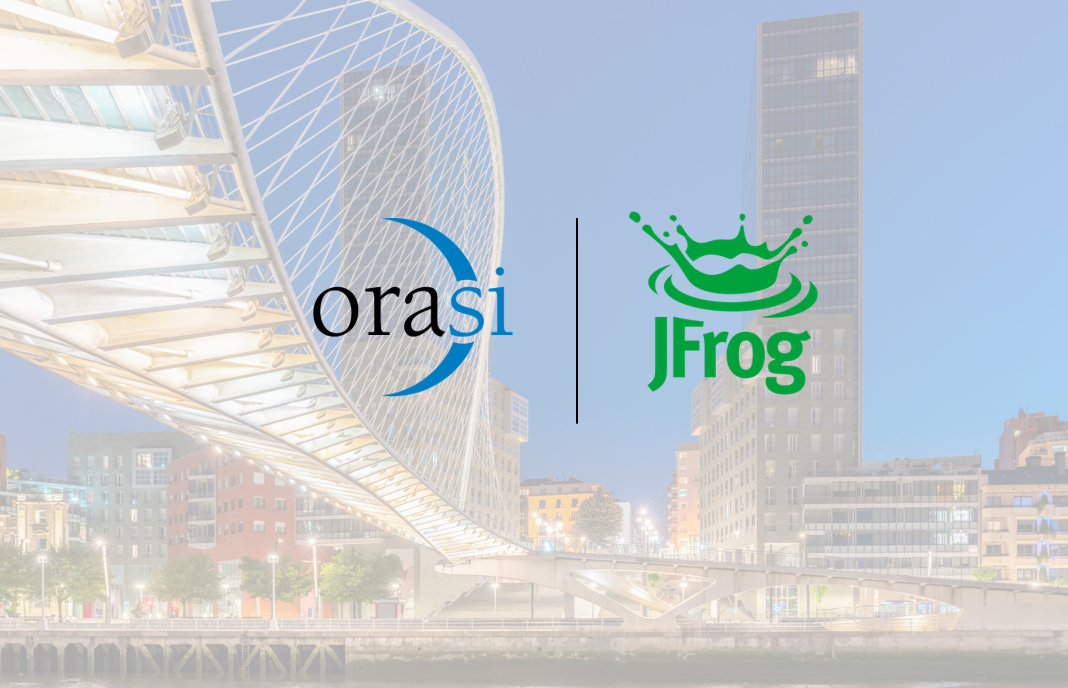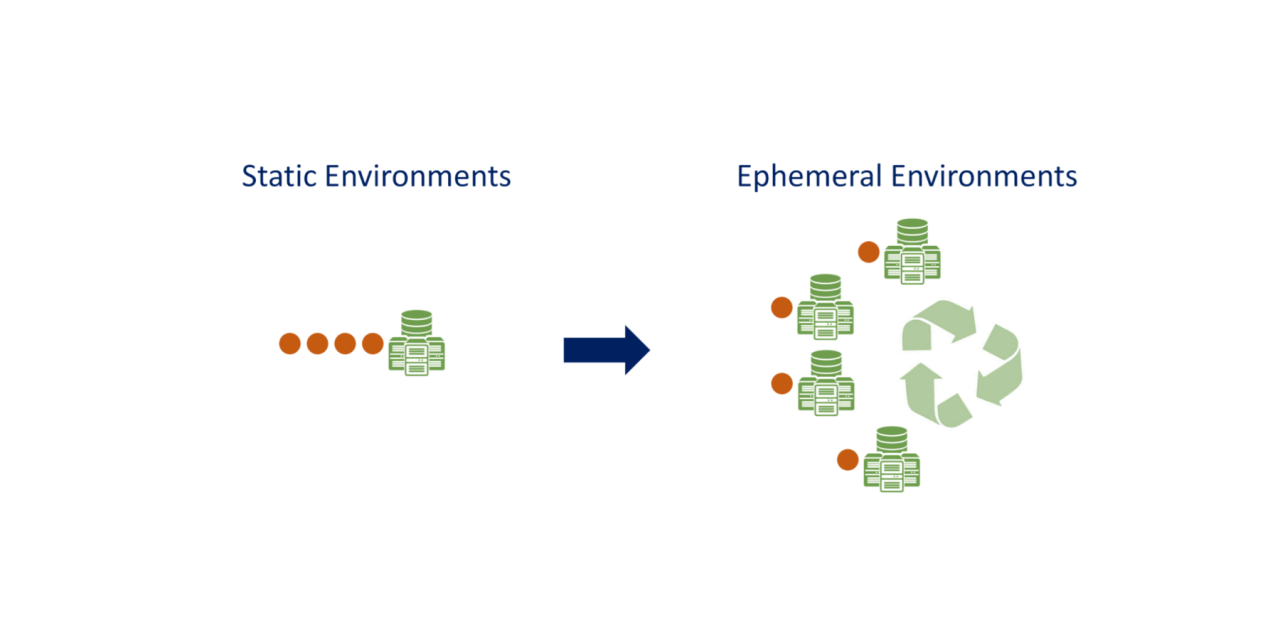By: Mark Lewis, SVP Sales and Marketing
By now, we all know that DevOps has been a radical shift in the world of business applications. As a software development methodology that integrates all the software development functions from development to operations within the same cycle, DevOps has wholly redefined how applications are planned, coded, tested, and deployed.
In this approach, the teams create the code in a cohesive alignment with the operations environment. The code is built and deployed with binaries in a QA environment, executed with test cases, and then deployed into production in one seamless and holistic flow.
So it is hard to ignore the impact that this approach brings in QA testing. As DevOps grows in its usage, it also changes the testing environments in a big way. A recent survey from RightScale unraveled that 54 percent of the companies have already adopted this new trend. With this adoption, significant changes in all stages follow – from the build, deployment to testing.
DevOps and testing
Here’s what happens differently in a DevOps strategy, especially on the testing side.
- The dominant use of continuous integration (CI) tools.
- Enhanced use of automation testing tools.
- Code is checked into a shared repository several times a day; as these check-ins gather frequency of verification, the automated build environments enable faster detection of errors and conflicts.
- Tests can adapt to fast-changing requirements.
- The release process is accelerated in DevOps testing.
- Testing scope is extended to the entire team – from developers, testers to operations folks.
- Testing happens earliest and frequently enough.
- Testing can be done continuously – even after the applications are in production.
- Testing gets a particular focus on development and QA iterations.
- Error rectification becomes proactive and fast.
- Code is written to Version Control. It can be built, deployed, tested, and installed in the production environment in a readily consumable way.
- Processes get standardized and automated in a DevOps testing strategy.
- People can focus on creating a high-quality deliverable instead of being scattered in various aspects of building, operations, and QA.
- The time-to-live gets accelerated as testing is an integral element of the entire chain.
- The alignment between QA and DevOps gets tighter, and this helps to increase the test coverage.
- Even the pre-testing tasks and post-testing areas get automated with a CI/CD focus.
As you can assume, everyone is contributing to the application in a DevOps testing model. Therefore, developers can configure the code with a sharp eye on contingencies, flaws, and issues that were, so far, hidden unless the production process kicked in. The defects are identified well in advance. Deployment engineers keep adding test cases to the QA repository, while QA engineers help in the configuration of automation test cases for the DevOps chain.
Essentials of sound DevOps-centric testing
To realize the advantages of DevOps-centric testing, some key areas have to be focused upon:
- Incorporate continuous testing as a central element of DevOps strategy.
- Use Shift-Left models. Try to test as early as possible in the software life cycle. Try to test as often as possible.
- Use continuous development, continuous delivery, and continuous monitoring.
- Encourage developers to opt for TDD or test-driven development.
- Create opportunities for collaboration among various teams.
- Expand and accelerate automation. Aim for continuous improvement in the test process with an iterative approach.
- Use specialized automation testing tools, frameworks, fast scripting of new test cases, and continuous integration tools for better integration impact.
- Allow continuous monitoring of production environments.
- Create points for assessing various indicators like response times, memory & CPU utilization, etc.
- Promote continuous knowledge transfer via pair testing.
- Focus on the overall pipeline and incorporate alpha, beta, and UAT testing at the right spots and time.
Once you can master the DevOps testing strategy, you would start building, testing, and releasing software quickly and confidently. In the initial stages, you can take help from some experts in the field. This will enhance overall application roll-out speed, quality, and performance, thus adding to your competitive advantage. As you use the DevOps testing strategy with more robust capabilities than before, you immediately start shortening long test cycles and eliminating software defects in production code proactively. The result – you get ahead of others with high-quality, reliable applications.



